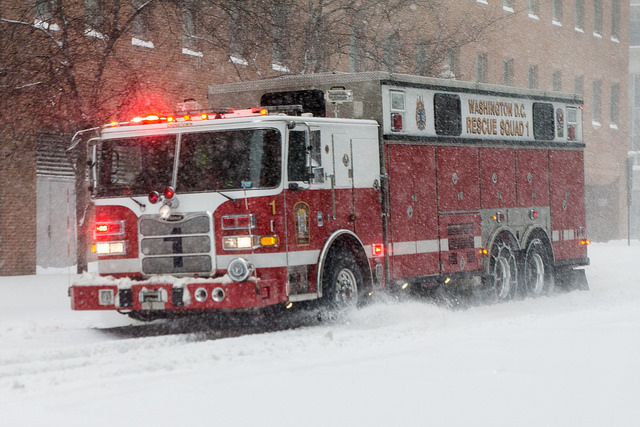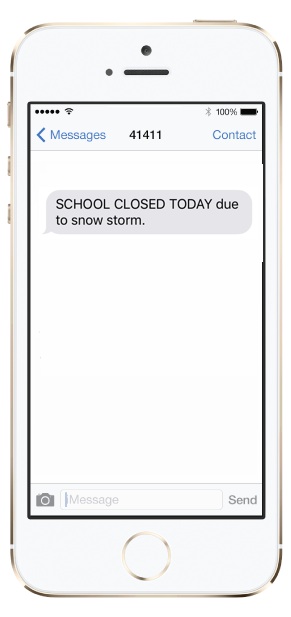Emergency Notification: Texting Is Ideal
 Multiple snowstorms pounding New England last month and the Midwest this month are good reminders about the importance of emergency notification systems.
Multiple snowstorms pounding New England last month and the Midwest this month are good reminders about the importance of emergency notification systems.
In Minnesota, the day started without any new snow on the ground and all seemed quiet. But a big storm was moving in, with the potential to dump 10 to 12 inches of snow. Some areas would see blizzard conditions and rush hour promised to be a nightmare.
Many schools swung into action early, making the decisions to close schools before a single snowflake fell. In some cases, districts opted to close some schools early and send kids home so they could stagger the buses and get all kids in the district home in a timely matter.
Whenever there’s a change in plan like that, notifying parents is crucial. Which is why schools rely on the their emergency notification systems. Some schools put a well-oiled plan into place and phone calls, texts and emails went out to parents.
Other schools, unfortunately, found themselves scrambling.
Don’t Be Left Scrambling
You may not be expecting a blizzard and you may not have kids to send home, but the reality is your organization needs an emergency notification system. You don’t want to be the one scrambling.
The emergencies vary—blizzards in Minnesota, tornadoes in Tennessee, earthquakes in California—but the need is always there. With terrorist attacks, shootings and natural disasters, you never know what you might need to be prepared for. But no matter the emergency, communication is key. That’s why the Federal Emergency Management Agency (FEMA) recommends texting as a quick, reliable and efficient medium.
The needs will also vary. Schools have children to send home. Colleges have students to keep safe. Churches might need to cancel services. Other nonprofit organizations may need to coordinate volunteers or notify constituents. Businesses may simply need to communicate with their employees. Whatever the situation, you need a reliable channel.
Texting Is Ideal for Emergency Notification:
- Broadest potential reach: 83% of all American adults own a mobile phone of some kind.
- Close at hand: 91% of all U.S. citizens have their mobile device within reach 24/7.
- Actually read: Somewhere between 95% and 99% of all text messages are read within 15 minutes of receipt.
- More accessible: People who are hearing impaired may not be able to rely on sirens, emergency broadcasts or public address systems, but they can read a text.
- Quick delivery: Reading a short text is much faster than listening to a recorded message.
No matter your emergency or needs, consider making text messaging part of your emergency notification system.
Interested in learning more about using text messaging for emergency notifications? Call TextMarks at 800-696-1393 or email tmsales@textmarks.com.
Photo: Washington DC Rescue Squad One by Steven Green, CC by 2.0


















